Many US dollar coins are worth more than their face value of $1, especially those with rare dates, mint marks, special features, or in high-grade conditions.
Here are some types of dollar coins that are often worth money:
- Older Silver Dollars: US silver dollars minted before 1935, including Flowing Hair, Draped Bust, Seated Liberty, Trade, Morgan, and Peace dollars, generally contain silver and can be quite valuable, especially in good condition or with low mintage dates.
- Eisenhower (Ike) Dollars (1971-1978): While most Ike dollars are only worth face value in circulated condition, some varieties are more valuable. These include the 1972 Type 2 variety, which was accidentally struck with the wrong die. Some Eisenhower dollars were minted in 40% silver for collectors and can be more valuable than the base metal versions. Silver Ike dollars, like the 1976-S, can sell for thousands of dollars. The 1776-1976 Bicentennial issue Type 1 with blockier letters is also rarer and can be worth more.
- Susan B. Anthony (SBA) Dollars (1979-1981, 1999): While most circulated SBA dollars are only worth $1, some varieties are more valuable.
– 1979-P Wide Rim: This variety has the date and mint mark closer to the rim compared to the more common “narrow rim” variety.
– 1979-S Type II Proof: Distinguishable by a clearer, more defined “S” mintmark.
– 1981-S Type II Proof: Similar to the 1979-S Type II, this variety also has a clearer “S” mintmark and is considered the most valuable in the series.
- Sacagawea Dollars (2000-present): Most Sacagawea dollars are only worth face value, but certain error coins or special issues can be valuable.
– 2000-P Sacagawea Gold Dollar (Cheerios): Some of these special-edition coins, found in limited Cheerios boxes, have unique detailing on the eagle’s tail feathers and can be worth thousands of dollars.
– 2000-D Sacagawea South Carolina Dollar: This is a rare error coin struck with a South Carolina state quarter die on the reverse.
- Presidential Dollars (2007-present): The most valuable Presidential dollars are those with missing edge lettering, which was a minting error. Examples include the 2007 John Adams, the 2007 Thomas Jefferson, and the 2009 James K. Polk dollar in Special Mint Sets.
Factors affecting value:
- Rarity: Coins with low mintage figures or those that were largely melted down are rarer and more valuable.
- Condition: Coins in excellent, uncirculated condition fetch higher prices than those with wear and tear from circulation.
- Errors: Minting errors, like double dies or missing edge lettering, can significantly increase a coin’s value.
- Metal Content: Coins made with precious metals like silver are worth at least their melt value, which can be significantly higher than their face value.
To determine the value of a specific dollar coin, it’s recommended to:
- Consult reputable coin price guides or resources.
- Look for specific dates, mint marks, and varieties that are known to be rare or valuable.
- Consider having valuable coins professionally graded by services like PCGS or NGC.

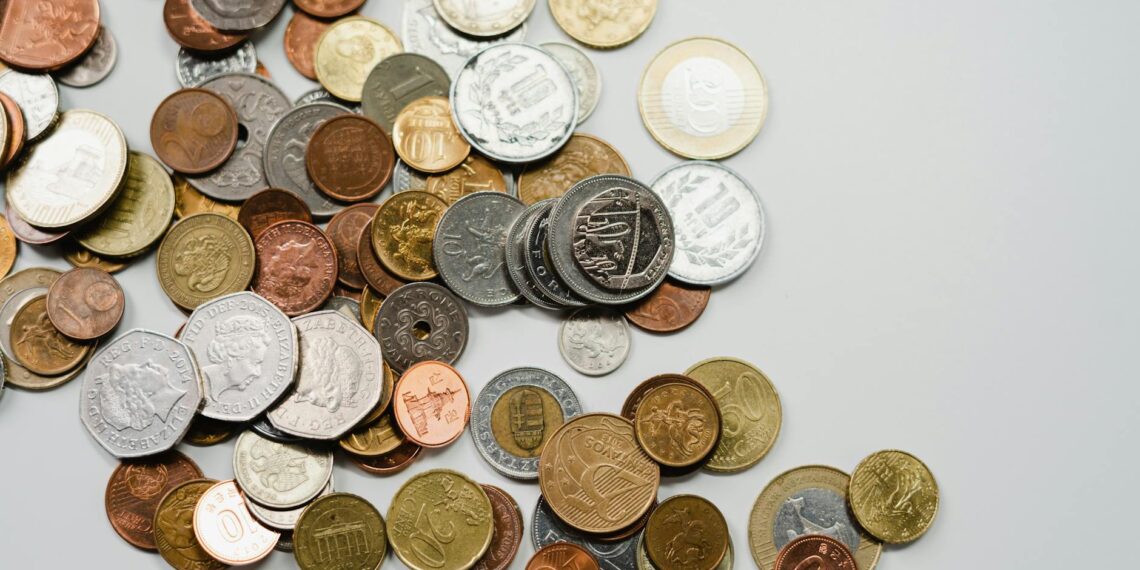




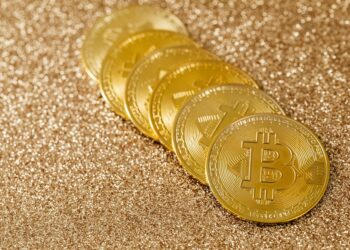
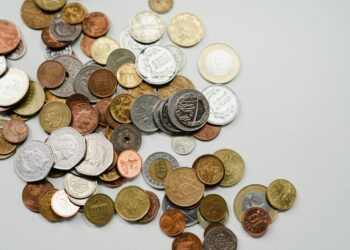
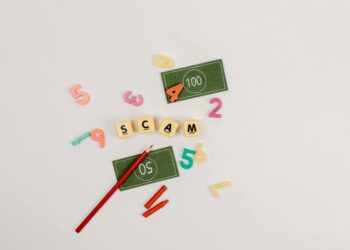
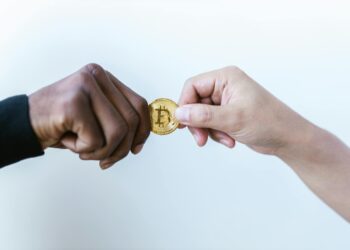

How to tell if a dollar coin is worth money?
From my experience, Without good grading, you won’t get an accurate price, but you CAN tell from there if a coin you have is particularly rare. Check the date and mint mark. If the prices shown are a lot more than the other coins of similar type, then you know you have a rare one. That site will tell you the melt value of the coins.